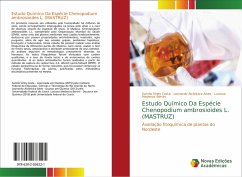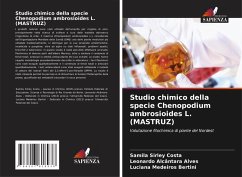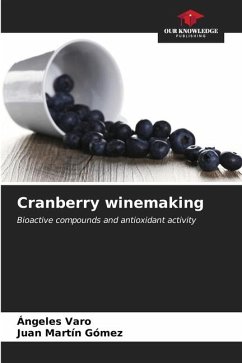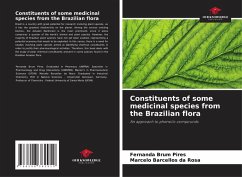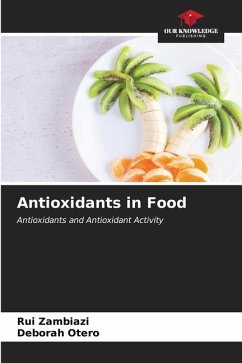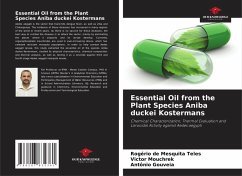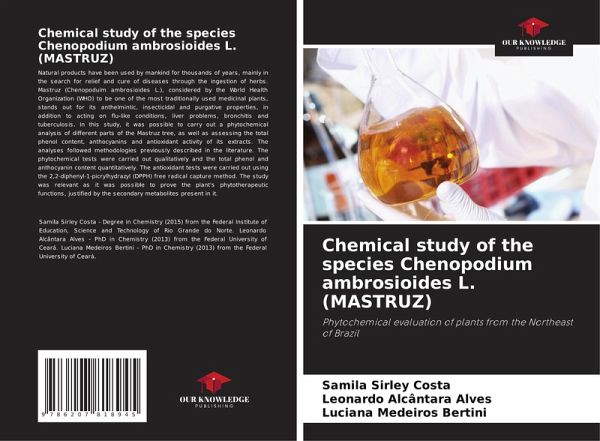
Chemical study of the species Chenopodium ambrosioides L. (MASTRUZ)
Phytochemical evaluation of plants from the Northeast of Brazil
Versandkostenfrei!
Versandfertig in 6-10 Tagen
16,99 €
inkl. MwSt.

PAYBACK Punkte
8 °P sammeln!
Natural products have been used by mankind for thousands of years, mainly in the search for relief and cure of diseases through the ingestion of herbs. Mastruz (Chenopoduim ambrosioides L.), considered by the World Health Organization (WHO) to be one of the most traditionally used medicinal plants, stands out for its anthelmintic, insecticidal and purgative properties, in addition to acting on flu-like conditions, liver problems, bronchitis and tuberculosis. In this study, it was possible to carry out a phytochemical analysis of different parts of the Mastruz tree, as well as assessing the tot...
Natural products have been used by mankind for thousands of years, mainly in the search for relief and cure of diseases through the ingestion of herbs. Mastruz (Chenopoduim ambrosioides L.), considered by the World Health Organization (WHO) to be one of the most traditionally used medicinal plants, stands out for its anthelmintic, insecticidal and purgative properties, in addition to acting on flu-like conditions, liver problems, bronchitis and tuberculosis. In this study, it was possible to carry out a phytochemical analysis of different parts of the Mastruz tree, as well as assessing the total phenol content, anthocyanins and antioxidant activity of its extracts. The analyses followed methodologies previously described in the literature. The phytochemical tests were carried out qualitatively and the total phenol and anthocyanin content quantitatively. The antioxidant tests were carried out using the 2,2-diphenyl-1-picrylhydrazyl (DPPH) free radical capture method. The study wasrelevant as it was possible to prove the plant's phytotherapeutic functions, justified by the secondary metabolites present in it.



